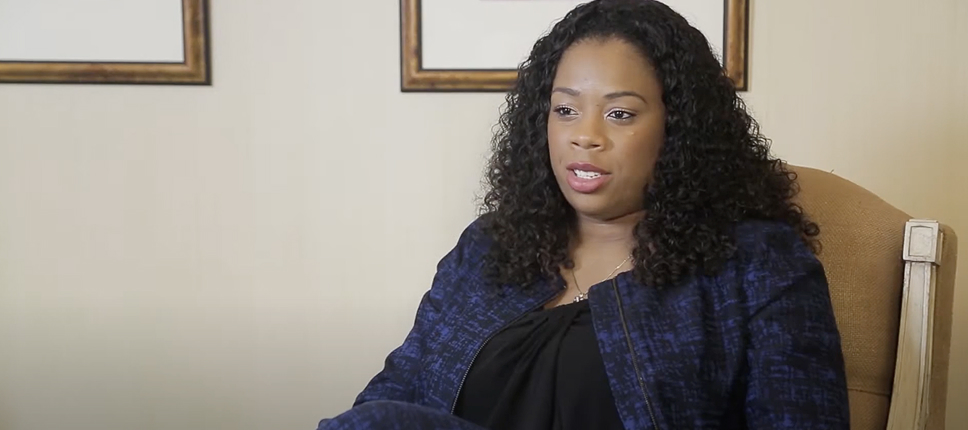Posted in Personal Injury Lawyer
State of Minnesota v. Derek Michael Chauvin
Over the past month, Derek Chauvin, former Minneapolis police officer, was on trial for the death of George Floyd. Mr. Chauvin faced charges of second-degree manslaughter, third-degree murder, and unintentional second-degree murder.
On May 25, 2020, Mr. Floyd was arrested for possibly using a counterfeit bill. The officers struggled to get him into the squad car. Mr. Chauvin arrived at the scene and pulled Mr. Floyd to the ground. Mr. Chauvin placed his left knee on the back of Mr. Floyd’s neck for the next nine minutes and 29 seconds. A hostile crowd formed. Mr. Floyd cried out more than twenty times that he could not breathe. After six minutes, Mr. Floyd was unresponsive. Paramedics were unable to find a pulse on arrival; they pronounced him dead at the hospital.
The autopsy showed Mr. Floyd had underlying health conditions, and fentanyl and methamphetamines in his system, both of which contributed to his death.
At the core of the case are two questions:
- What killed George Floyd?
- Did Chauvin use excessive force?
The prosecution must prove beyond a reasonable doubt that Mr. Chauvin’s actions played a substantial role in killing Mr. Floyd, not that his actions were the sole cause of death.
The trial started March 29th, 2021.
Opening Statements
Jerry Blackwell delivered the opening statement for the prosecution. Blackwell said that Mr. Chauvin’s extended and excessive use of force killed Mr. Floyd; anyone who saw the video of Mr. Chauvin’s knee pressed against Mr. Floyd’s neck would recognize this. “Derek Chauvin [for nine minutes and 29 seconds] betrayed his badge when he used excessive and unreasonable force upon the body of Mr. George Floyd,” Blackwell said. Blackwell noted that the Minneapolis Police Department has a rule – “in your custody is in your care.”
 Eric Nelson, the defense attorney, said that “The evidence is far greater than nine minutes and 29 seconds…[Chauvin did] exactly what he had been trained to do over the course of his 19-year career.” Nelson wrote in his initial answer that “[Floyd’s] heart was at the ‘upper limit of size’ due to untreated hypertension. Mr. Floyd suffered from arteriosclerotic and hypertensive heart disease. He told officers that he had suffered from COVID-19 and was still positive for the virus at the time of his death.” Further, the aggressive crowd hindered the police’s ability to administer medical care.
Eric Nelson, the defense attorney, said that “The evidence is far greater than nine minutes and 29 seconds…[Chauvin did] exactly what he had been trained to do over the course of his 19-year career.” Nelson wrote in his initial answer that “[Floyd’s] heart was at the ‘upper limit of size’ due to untreated hypertension. Mr. Floyd suffered from arteriosclerotic and hypertensive heart disease. He told officers that he had suffered from COVID-19 and was still positive for the virus at the time of his death.” Further, the aggressive crowd hindered the police’s ability to administer medical care.
Witnesses for the Prosecution
Medaria Arradondo, the Chief of the Minneapolis Police Department, testified. He said that the tactic used by Chauvin was not de-escalation and “absolutely violated our policy.” It was not a technique used by the MPD for defense. He said that the department has a policy on neck restraints which mentions “light to moderate pressure. When I look…at the facial expression of Mr. Floyd, that does not appear in any way, shape, or form that that is light to moderate pressure.”
Arradondo added:
Certainly once [Mr. Floyd] was in distress and trying to verbalize that [the restraint should have stopped]. There is an initial There is an initial reasonableness in trying to just get him under control in the first few seconds, but once there was no longer any resistance, and clearly when Mr. Floyd was no longer responsive and even motionless, to continue to apply that level of force to a person proned out, handcuffed behind their back, that in no way, shape, or form is anything that is by policy, it is not part of our training, and it is certainly not part of our ethics or our values.
Lt. Richard Zimmerman, the longest-serving officer in the MPD, called Mr. Chauvin’s actions “totally unnecessary” and constituting “deadly force.” If your knee is on a person’s neck, that can kill them. People who are handcuffed generally pose little threat to officers.
Dr. Martin Tobin, a pulmonologist and critical care physician, said that any normal person could have died from being similarly pinned. Further, his behavior did not correspond with that of someone overdosing.
Dr. Bill Smock, the Louisville Metropolitan Police Department’s surgeon, said that he saw no signs of overdose. “That is not a fentanyl overdose…that is somebody begging to breathe.”
Andrew Baker, the Hennepin County Medical Examiner, performed the official autopsy. He said the drug use and Mr. Floyd’s heart condition played a role, but police restraint was the main cause.
Witnesses for the Defense
Dr. Baker, in cross examination, explained that there were no “telltale signs of asphyxiation”; there were no bruises to Mr. Floyd’s neck or skin; there was no evidence that Mr. Floyd’s airflow was restricted.
Nicole Mackenzie, a medical support coordinator for the Minneapolis Police Department agreed that loud bystanders could make it difficult for an officer to administer medical aid during an arrest. Johnny Mercil, a veteran of the Minneapolis Police Department and a Use of Force instructor, said that hostile bystanders can raise alarm with officers.
Dr. Fowler, a forensic pathologist who practiced as the Chief Medical Examiner for the State of Maryland, testified as well. He said that too many factors played a role in Mr. Floyd’s death to decide which was the most impactful.
Jury Deliberations
On April 19th, the prosecution and defense delivered their closing statements. The jury began to deliberate.
The following day, April 20th, after 10 hours of deliberation, they reached a verdict.
Verdict Reached
The jury found Mr. Chauvin guilty in the death of George Floyd on all three counts.
What’s next?
Chauvin’s sentencing is in eight weeks.
The maximum sentence for each count is 10 years for second-degree manslaughter, 25 years for third-degree murder, and 40 years for unintentional second-degree murder.
We’ll have to wait and see.































